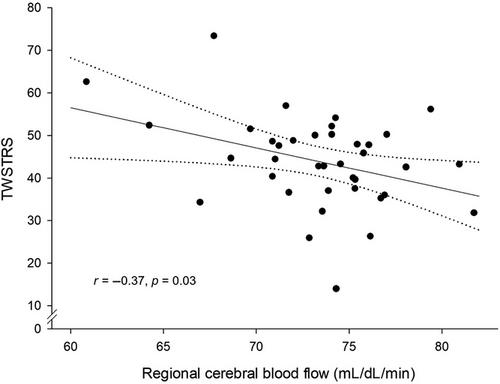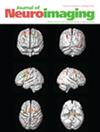SPECT Cerebral Perfusion Patterns in Isolated Cervical Dystonia
Abstract
Background and Purpose
Isolated cervical dystonia is characterized by sustained or intermittent neck movements caused by involuntary muscle contractions, resulting in abnormal movements or postures of cervical areas. We measured altered regional cerebral blood flow (rCBF) in patients with idiopathic cervical dystonia compared to healthy controls and explored the correlation between dystonia severity and rCBF patterns.
Methods
A total of 38 patients with isolated cervical dystonia and 29 healthy controls were recruited. All subjects underwent Toronto Western Spasmodic Torticollis Rating Scale (TWSTRS) and Tc-99m HMPAO SPECT; TWSTRS was used to assess the severity of dystonia. rCBF was compared between groups using voxel-wise statistical analyses. Associations between rCBF in significant clusters and TWSTRS scores were examined using linear regression.
Results
Compared with controls, patients with cervical dystonia exhibited reduced rCBF in brain regions implicated in sensory processing, motor control, and higher cognitive functions, including the left middle temporal gyrus, right postcentral gyrus, right lingual gyrus, left precuneus, right temporal pole, right middle cingulate gyrus, and right anterior cingulate gyrus. Although reduced rCBF was observed in seven regions, only the right temporal pole showed a significant correlation with TWSTRS motor scores. Reduced rCBF in the right temporal pole negatively correlated with higher TWSTRS scores in dystonia patients.
Conclusion
The negative correlation between reduced rCBF in the right temporal pole and increased TWSTRS scores highlights a potential association between altered cerebral perfusion and dystonic symptom severity. Understanding these alterations could offer insights into the neurobiological basis of cervical dystonia, aiding targeted therapeutic interventions.


 求助内容:
求助内容: 应助结果提醒方式:
应助结果提醒方式:


